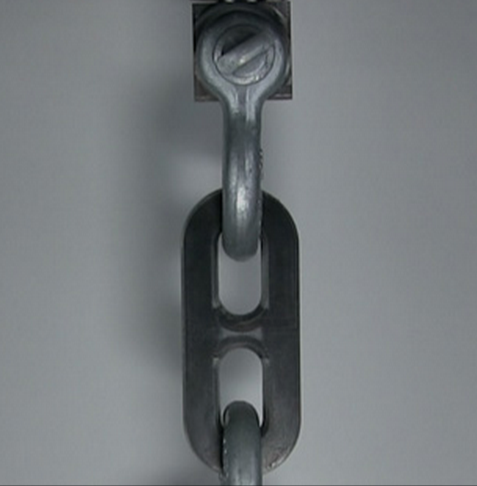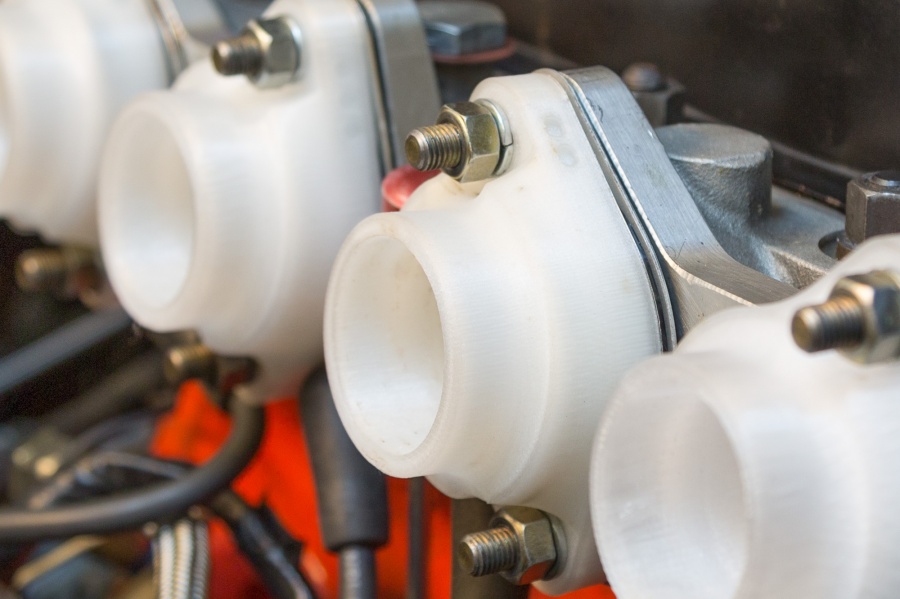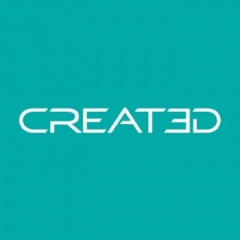How desktop 3D printing is applied in engineering1 July 2016 | Sabina Gonzalez-George How is desktop 3D printing applied in engineering & manufacturing processes?3D printing is an all-encompassing phrase and attempting to master everything can be a minefield. You’ve got terms like SLA, SLS, FFF, BIO, metal sintering, now there’s CLIP on the horizon, as well as commercial, industrial and desktop, post-processing, alcohol solutions, ABS, nylon, resin, and it goes on.
The common link across all forms of the technology is that 3D printing opens up new avenues, shortens design and product development cycles, increases productivity and reduces costs. The key is to understand what type of 3D print technology is right for your particular application.
Why desktop? It is well known that desktop 3D printers have low investment and low running costs, but it is also widely assumed that desktop is just for printing plastic prototypes and that if you want to take 3D printing “seriously”, you have to invest tens or even hundreds of thousands of pounds.
The truth is you need understand the capabilities and limitations of the different 3D printing technologies available and how they fit into your overall business. Desktop 3D printing in particular is not just for prototypes (although it’s a big percentage of overall usage), but when you get your hands on a desktop 3D printer and truly start to use and understand it, the applications are endless, and the resource benefits are clear to see.
Take Make Ltd for example, a large architectural firm based in London for whom innovation is at the heart of their design practices. Paul Miles, Model Shop Manager explains “Desktop 3D printing has increased the capacity of what we can do. We are more efficient and can do more, with less people. Previously no one would be available to generate a model so we would have had to use a bureau. Typically, a print would be £120.00 from a bureau, but using our own printers it is £3 or £4!"
Understanding the differences at desktop level The trick is to know which printer is going to be best suited for your job, and that’s what we at CREAT3D specialise in. Internet research, marketing specifications and literature will get you so far, but it doesn’t always help with real world applications. As leading independent experts in desktop 3D printers, we make it our mission to work with our clients to understand exactly what is to be produced and how it will be used.
“One of the biggest challenges for our customers is to understand enough about this technology to make an informed decision”, says Simon Chandler, Managing Director of CREAT3D. “80% of the customers that contact us to enquire about a printer, end up buying a different model to the one they decided upon, and often at a lower price point and with greater functionality for their particular application. We always say to people, you’re not buying the printer, you’re buying what it produces, so you need to speak to someone who uses it every day”.
What is desktop 3D printing used for? Working across multiple industries from Defence, Aerospace, Automotive, Engineering, Motorsport, Manufacturing, Marine, Energy through to Architecture and Product Design allows our CREAT3D team to cross-pollinate learnings and uses.
Desktop 3D printing is not just for pretty looking models and prototypes, our broad array of clients use their desktop machines for tooling, jigs & fixtures, casings, enclosures, sacrificial parts, end-use parts, sales tools, moulds, components that keep your production line moving, and casings to house delicate technologies, and more. For these applications you need different qualities whether that be in material properties, strength or finishes.
High strength Take for example desktop 3D printers centred around strength, in some cases generating a higher strength-to-weight ratio than aluminium. The recent release of the Mark Two Composite 3D printer is the best example of this.
How does it do it? Through a composite approach. The newly released Mark Two by MarkForged uses Nylon as a base material but has the option to incorporate Kevlar, Fibreglass or Carbon Fibre into the part, for enhanced functionalities. Carbon Fibre is the key to very high strength prints, whereas Kevlar for example is ideal in impact or abrasion resistance applications. 
A chain link printed on the MarkForged 3D printer with reinforced Carbon Fibre by the Olin College of Engineering supported approximately 10 tonnes before failing, all from a print costing less than £20.
Specialist printers Then there’s more specialist desktop 3D printers, designed to work with specific materials, such as the UP Box which is dedicated to ABS. ABS is commonly used in engineering applications but isn’t an easy material to work with in 3D printing. If you need ABS, then you need to use a specialist machine to deliver the good definition, surface finish and accuracy required on your finished prints.
Specific material properties You’ve also got material properties to consider. Materials are a huge development area with more specialist filaments being developed for engineering applications, such as colorFabb nGen which has good bridging capabilities and robustness and colorFabb HT, temperature resistant up to 100°C post print.  colorFabb HT filament used during engine testing on custom shaped inlet manifolds designed to improve the performance of a Mini track car. Design by Wouter Wolfs and Dennis van Bergen van der Grijp.
Soluble support structures The technology is forever evolving, and peoples’ needs and applications are constantly developing, so we are working closely with manufacturers of printers and consumables to feedback customer requirements. The current focus from many of our customers is for a reliable and consistent water soluble support material, which to date has proved elusive for desktop 3D printer manufacturers.
Typically, soluble support at desktop level is most useful for those parts with complex geometries. Currently dual head printing is complex, with various challenges such as irregular heat transfer between nozzles and inconsistent performance of soluble materials. However, we will be adding a new printer, the Leapfrog Bolt to our range later in 2016, alongside revolutionary filament that has properties akin to ABS but can print with a water soluble support. The Bolt uses two independently controlled print heads in an enclosed print environment, and this, in combination with the new materials has the potential to solve these issues and provide consistent high quality prints at an affordable cost.
Talk to an expert Sometimes it’s a case of adjusting your expectations. There is no magic box, or one size fits all, it’s about finding the right machine for the right job. It may be that you need two completely different printers as your applications are so varied, but that doesn’t always mean double your budget.
Whilst it can appear challenging and you may not know where to start, don’t panic! We are here to help you understand if desktop can work for you, if so, how and what machine(s). Talk to the expert CREAT3D team, starting with what you want to print and we will guide you from there with independent buying advice and test prints, followed up with in-depth training and ongoing technical support.
0800 689 1011
|
| ||
